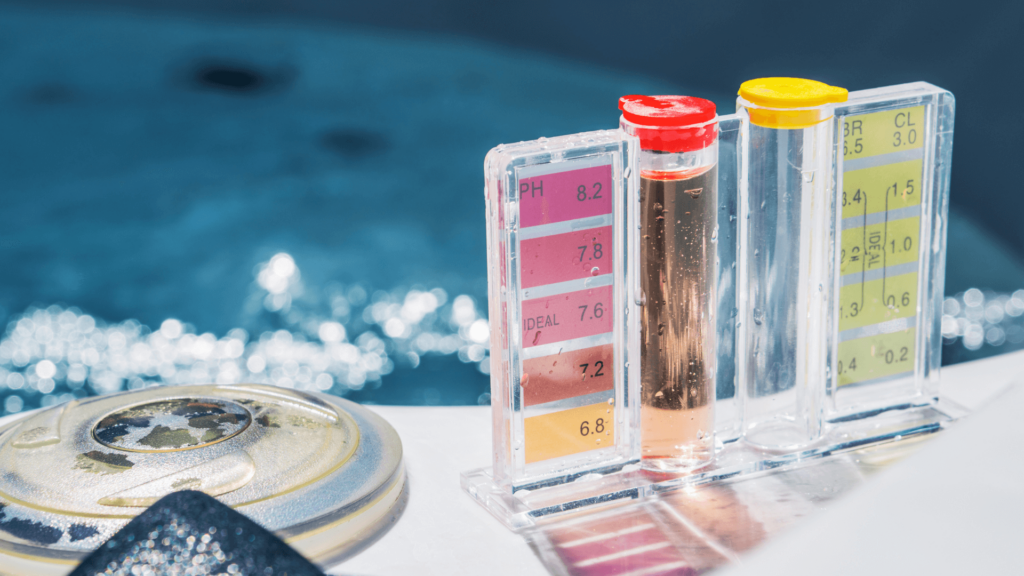Chlorine is currently widely used as a disinfectant in UV water treatment. Municipal water treatment plants use chlorine to maintain hygienic conditions of the public drinking water supply; It serves all consumer types. Many industrial users utilize chlorine in their water treatment processes to secure the quality of the water supply or as a cleaning chemical for their equipment.
Free chlorine is added to water through gas or liquid chlorination using sodium or calcium hypochlorite. This process eliminates bacteria that may be present in the water. While chlorine effectively eliminates harmful microorganisms, it also risks the membranes used in reverse osmosis (RO) and electro-deionization (EDI) systems. These membranes are intolerant to chlorine, and high chemical levels can harm them.
Hanovia UV, now called Nuvonic UV, has designed systems specifically for the food and beverage and pharmaceutical industries. Their objective is to protect the RO and EDI membranes from chlorine damage. These systems provide a chemical-free solution for removing free chlorine, offering several advantages over traditional methods, such as activated carbon filters (ACF) and sodium metabisulphite (SMB).

Benefits of Nuvonic UV Dichlorination System:
Nuvonic UV systems for dichlorination use medium-pressure UV lamps, which provide high-intensity UV light at 200 to 400nm wavelengths, ideal for destroying free chlorine. The applied UV dose is much higher than that for standard disinfection. As a result, the system can remove free chlorine and disinfect microorganisms at the same time. Below you may observe the UV dichlorination equations for free chlorine (hypochlorous acid (HOCl) and hypochlorite ion (OCl-)):

The Importance of Protecting RO and EDI Membranes
The Nuvonic UV Dichlorination system helps customers protect their RO and EDI membranes. The benefits include reduced bacteria build-up, low frequency of system downtime, and optimized running costs.
Removing free chlorine is essential in water treatment, for example, in swimming pools to protect the membranes used in reverse osmosis and electro-deionization systems. The Nuvonic UV dichlorination systems provide a chemical-free solution for removing free chlorine. At the same time, it offers numerous benefits, such as reduced bacterial contamination, minimal operator input, and a compact footprint.
Share: